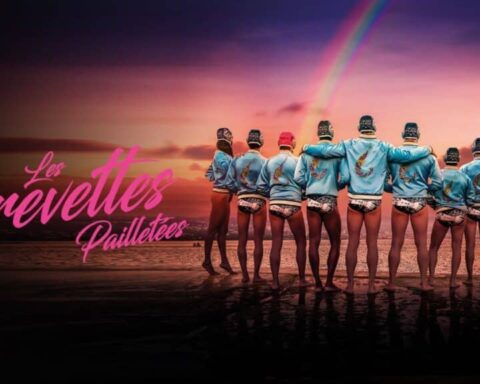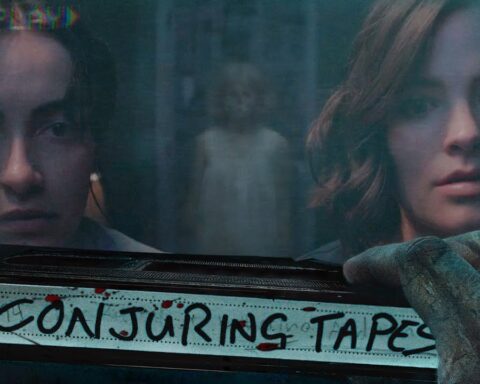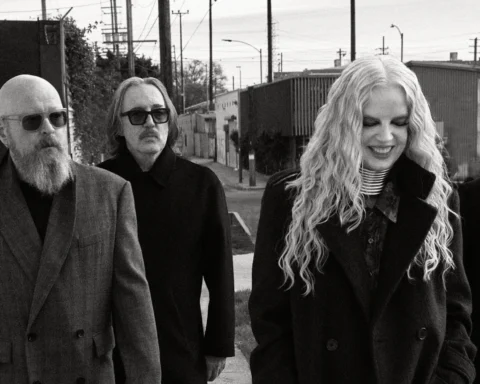In an era saturated with formulaic narratives and predictable plotlines, Killing Eve emerges as a luminary of creative television, dazzling with its audacious artistry, incisive political commentary, and subversive storytelling. This BBC America series, adapted from Luke Jennings’ Codename Villanelle novellas by Phoebe Waller-Bridge, embarks on an intricate dance of death and desire, drawing viewers into a labyrinthine world where the boundaries of gender, sexuality, and genre are masterfully blurred. As the show unfolds over four seasons, it becomes a fertile ground for intellectual exploration, feminist discourse, and an exhilarating celebration of queerness, all while maintaining an unwavering grip on its mystery and action roots.

Reimagining the Female Protagonist
At its core, Killing Eve is a story of obsession and metamorphosis, where the cat-and-mouse game between MI6 agent Eve Polastri (Sandra Oh) and psychopathic assassin Villanelle (Jodie Comer) transcends conventional narrative structures. This transcendence is not merely a stylistic choice; it is a deliberate deconstruction of traditional gender roles and a bold reimagining of the thriller genre. In Eve and Villanelle, we encounter complex female characters who defy reductive categorizations, offering a rich tapestry for feminist critique and queer interpretation.
The character of Eve Polastri embodies a refreshing departure from the stereotypical female detective trope. She is neither the hyper-competent, emotionless sleuth nor the damsel in distress often seen in action-driven narratives. Instead, Eve is portrayed with a nuanced realism that captures her intellectual prowess, emotional vulnerability, and latent desires. Sandra Oh’s portrayal of Eve is nothing short of revelatory, infusing the character with a depth that resonates with viewers on an existential level. Eve’s gradual descent into a world of moral ambiguity and her growing fascination with Villanelle challenge the audience to reconsider the binaries of good and evil, order and chaos.



Villanelle: An Anti-Heroine for the Ages
Conversely, Villanelle represents a radical departure from the traditional depiction of female villains. She is not a mere femme fatale or a psychopath devoid of depth; she is a richly layered character whose flamboyant persona and brutal efficiency as a killer are underscored by a poignant exploration of her humanity. Jodie Comer’s chameleon-like performance breathes life into Villanelle, rendering her a simultaneously terrifying and magnetic presence. Villanelle’s sartorial elegance and dark humor juxtapose with her chilling violence, creating a character that is as captivating as she is confounding. Her queerness is unapologetic, her desires multifaceted, and her relationship with Eve a tantalizing blend of attraction, rivalry, and co-dependence.
The interplay between Eve and Villanelle is a masterclass in character dynamics, serving as the show’s pulsating heart. Their interactions are laden with sexual tension, psychological complexity, and an undercurrent of dark humor that adds a distinctive flavor to the narrative. The mutual obsession that binds them is depicted with a raw intensity that eschews conventional romantic tropes, instead offering a nuanced exploration of power, identity, and desire. The queerness of their relationship is not tokenistic but integral to the narrative, challenging heteronormative paradigms and providing a rich vein for LGBTQ+ analysis.

Genre Fluidity and Narrative Complexity
Killing Eve also excels in its subversive approach to genre conventions. The show blends elements of spy thrillers, dark comedies, and psychological dramas, creating a hybrid that defies easy classification. This genre fluidity is emblematic of the show’s broader thematic concerns with identity and transformation. The narrative structure, characterized by its nonlinear progression and episodic shifts in perspective, mirrors the labyrinthine nature of the characters’ psyches and the unpredictable world they inhabit. This complexity invites viewers to engage with the show on multiple levels, appreciating it not just as entertainment but as a sophisticated piece of art that rewards close analysis and critical thought.
The series’ aesthetic sensibility further amplifies its intellectual and emotional impact. The cinematography, marked by its vibrant color palette and striking visual compositions, creates a surreal, almost dreamlike atmosphere that heightens the narrative’s tension and unpredictability. The meticulous attention to detail in set design and costuming reflects the characters’ inner worlds, with Villanelle’s extravagant fashion choices serving as a visual manifestation of her chaotic brilliance. The use of music, ranging from classical compositions to contemporary pop songs, underscores the show’s tonal shifts and enhances its emotional resonance.




Political Underpinnings and Feminist Discourse
From a political standpoint, Killing Eve engages with themes of power, control, and resistance, making it a fertile ground for feminist and queer readings. The show critiques patriarchal structures and explores the ways in which women navigate and subvert these systems. The characters’ struggles for autonomy and self-definition resonate with broader societal issues, offering a commentary on the constraints and possibilities of contemporary womanhood. The show’s portrayal of queerness, meanwhile, is refreshingly authentic, presenting LGBTQ+ identities and relationships with a complexity and sensitivity that is often lacking in mainstream media.
The series’ dark humor is another distinguishing feature, providing a counterpoint to its more serious themes and adding a layer of irony and wit to the narrative. This humor is often macabre, reflecting the absurdity and brutality of the world the characters inhabit. It serves to humanize the characters, making their struggles and desires more relatable, while also offering a critique of the societal norms and expectations that constrain them.

Evolution of the Narrative and Characters
As the series progresses, the evolution of Eve and Villanelle’s relationship becomes increasingly intricate, reflecting a broader commentary on identity and transformation. Their dynamic oscillates between predator and prey, lover and adversary, each encounter peeling back layers of their personalities and revealing deeper truths. This evolution is mirrored by the show’s shifting narrative focus, which expands to include a rich ensemble of characters, each with their own complex motivations and story arcs.
The supporting characters in Killing Eve are not mere foils to the protagonists but are integral to the thematic depth and narrative complexity of the series. Characters like Carolyn Martens (Fiona Shaw), the enigmatic head of MI6’s Russia Section, and Konstantin Vasiliev (Kim Bodnia), Villanelle’s handler, are portrayed with a nuanced ambiguity that defies simplistic moral judgments. Their interactions with Eve and Villanelle add layers of intrigue and moral complexity to the narrative, highlighting the multifaceted nature of power and loyalty in the world of espionage.

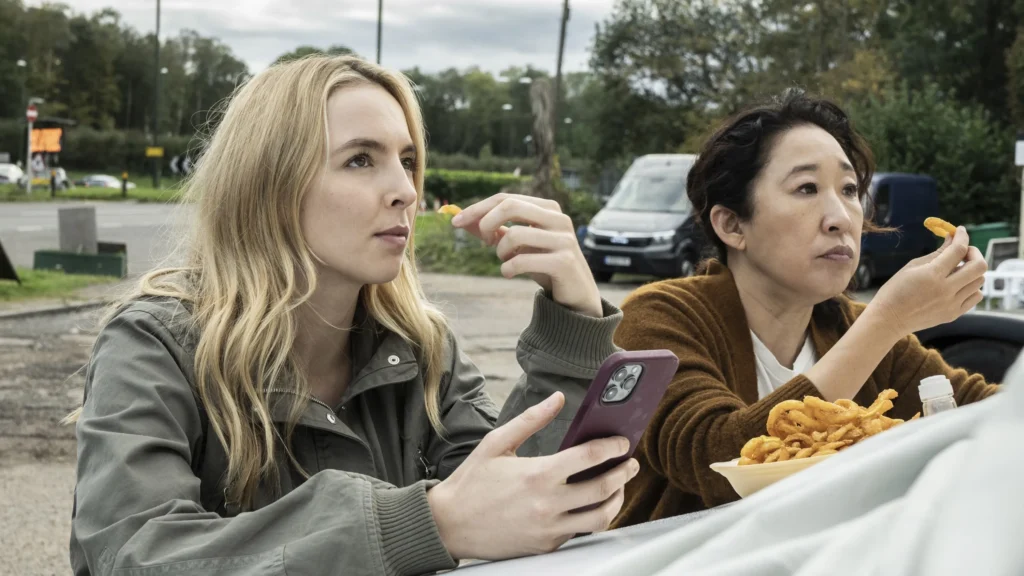
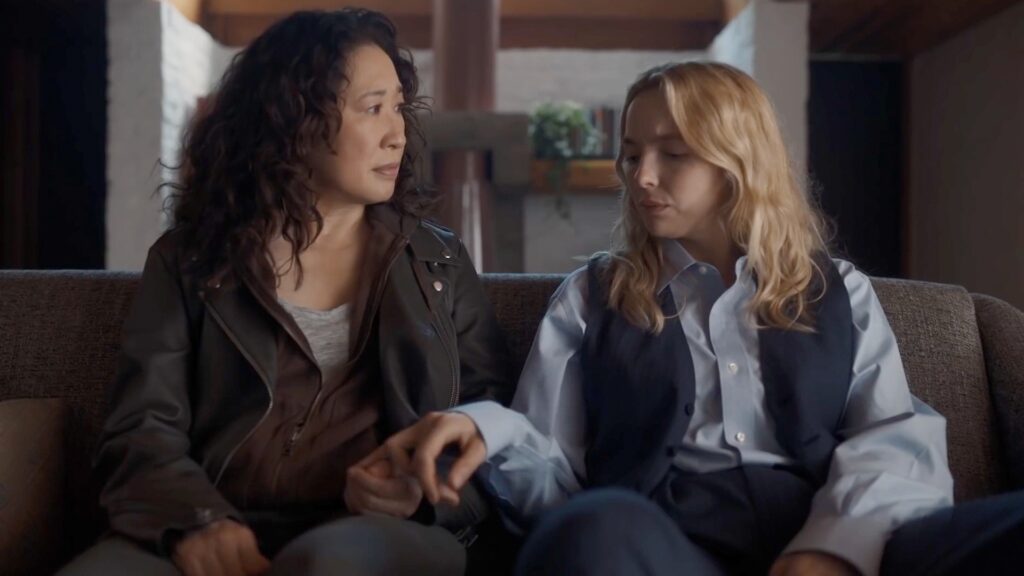
Subversion of Masculine Dominance
In its subversion of masculine dominance, Killing Eve offers a radical rethinking of the action-thriller genre. The series foregrounds female agency and power, positioning women at the center of the narrative and allowing them to drive the plot with their intelligence, resourcefulness, and determination. This shift not only challenges traditional gender roles but also provides a fresh perspective on the dynamics of power and control.
The show’s feminist underpinnings are further reinforced by its portrayal of male characters, who are often depicted as secondary to the female leads. This inversion of traditional gender hierarchies is not done to diminish the importance of male characters but to highlight the strength and complexity of the women who take center stage. The male characters, whether allies or adversaries, are portrayed with a realism that acknowledges their flaws and vulnerabilities, adding depth to the overall narrative.

Queer Representation and the Politics of Desire
The queerness of Killing Eve is not confined to the central relationship between Eve and Villanelle but permeates the entire narrative, challenging heteronormative assumptions and celebrating the fluidity of desire. The series presents queerness as a natural and integral part of the characters’ identities, without resorting to stereotypes or tokenism. This representation is significant in a media landscape where LGBTQ+ characters are often marginalized or portrayed in a one-dimensional manner.
The relationship between Eve and Villanelle is a potent exploration of queer desire, characterized by its intensity, complexity, and unpredictability. Their connection transcends conventional romantic and sexual boundaries, offering a portrayal of love and obsession that is both exhilarating and unsettling. This relationship is depicted with a raw honesty that captures the emotional highs and lows of desire, making it one of the most compelling aspects of the series.


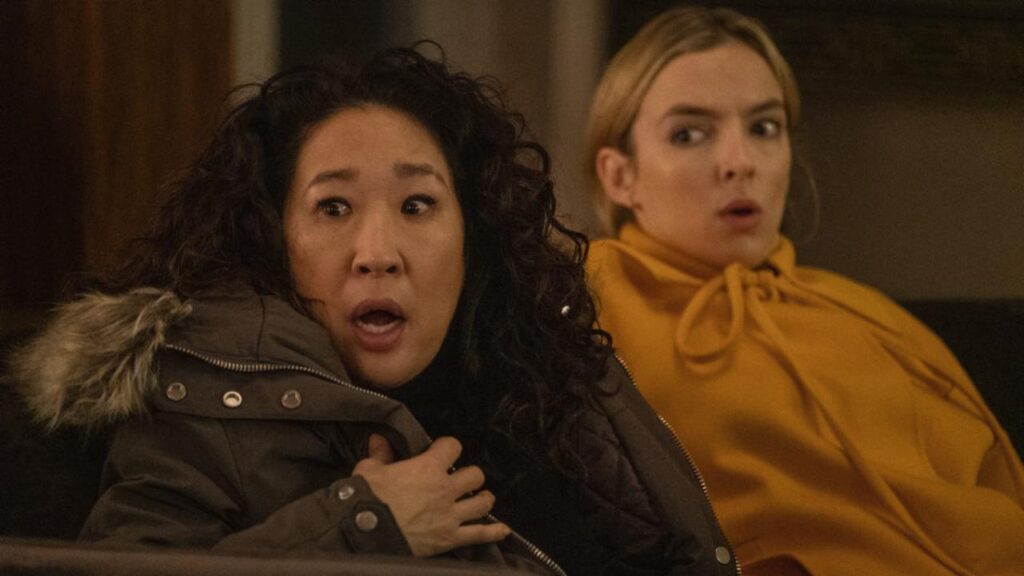
Visual Aesthetics and Symbolism
The visual aesthetics of Killing Eve play a crucial role in its narrative and thematic impact. The series’ use of color, composition, and visual symbolism creates a rich and immersive viewing experience that enhances the storytelling. The vibrant color palette, often dominated by bold and contrasting hues, reflects the characters’ inner turmoil and the heightened reality of their world.
Villanelle’s fashion choices, in particular, serve as a visual manifestation of her personality and psychological state. Her extravagant and often eccentric outfits are not merely a reflection of her vanity but a means of expressing her identity and exerting control over her environment. The meticulous attention to detail in costuming and set design underscores the show’s commitment to creating a visually distinctive and thematically resonant world.
Music and Emotional Resonance
The use of music in Killing Eve is another key element that contributes to its emotional and atmospheric impact. The series’ soundtrack, which ranges from classical compositions to contemporary pop songs, is carefully curated to reflect the mood and tone of each scene. Music is used not only to underscore the narrative’s emotional beats but also to enhance the tension and unpredictability of the story.
The interplay between music and visuals creates a multisensory experience that draws viewers into the characters’ emotional worlds. The use of music to juxtapose or amplify the action on screen adds a layer of irony and depth to the narrative, making it an integral part of the show’s storytelling technique.

Critical Reception and Cultural Impact
Killing Eve has been lauded by critics and audiences alike for its innovative approach to storytelling, its complex characters, and its subversive take on genre conventions. The series has received numerous awards and nominations, including Golden Globe and Emmy Awards, highlighting its critical acclaim and cultural impact.
The show’s success can be attributed not only to its compelling narrative and characters but also to its resonance with contemporary social and political issues. Killing Eve engages with themes of gender, power, and identity in a way that is both timely and thought-provoking, offering a reflection on the challenges and possibilities of modern womanhood and queerness.
The Legacy of Killing Eve
As Killing Eve draws to a close, its legacy as a groundbreaking and influential series is assured. The show has set a new standard for storytelling in the action-thriller genre, demonstrating the power of complex characters, subversive narratives, and bold thematic exploration. Its impact on the representation of women and LGBTQ+ individuals in media cannot be overstated, offering a model for future television shows to aspire to.
The series’ willingness to take risks, to challenge conventions, and to engage with complex themes in an intelligent and nuanced manner sets it apart from more conventional fare. Killing Eve is a testament to the power of television as an art form and a vehicle for political and social commentary, offering a richly textured narrative that engages with issues of gender, sexuality, and power in a way that is both intellectually stimulating and emotionally resonant.


Killing Eve stands as a testament to the transformative potential of storytelling. It offers a richly textured narrative that engages with issues of gender, sexuality, and power in a way that is both intellectually stimulating and emotionally resonant. The show’s complex characters, subversive storytelling, and distinctive aesthetic make it a landmark in modern television, a series that demands to be taken seriously as a work of art. For women, the LGBTQ+ community, and aficionados of mystery and action writing, Killing Eve is more than just a show; it is a cultural touchstone, a source of inspiration, and a powerful reminder of the transformative potential of storytelling.
Epilogue: Reflections on Killing Eve‘s Impact
As we reflect on the cultural and artistic impact of Killing Eve, it is clear that the series has carved out a unique space in the television landscape. Its fearless exploration of gender and sexuality, coupled with its innovative narrative techniques, has challenged audiences to rethink their perceptions of identity and desire. The show’s success lies not only in its compelling characters and thrilling plotlines but in its ability to resonate on a deeper, more intellectual level.
The legacy of Killing Eve will undoubtedly influence future generations of storytellers, encouraging them to push the boundaries of genre and explore the complexities of human experience with the same boldness and creativity. As we bid farewell to Eve Polastri and Villanelle, we are left with a profound appreciation for the artistry and intelligence that Killing Eve brought to our screens, and a sense of anticipation for what the future holds for television that dares to be different.


